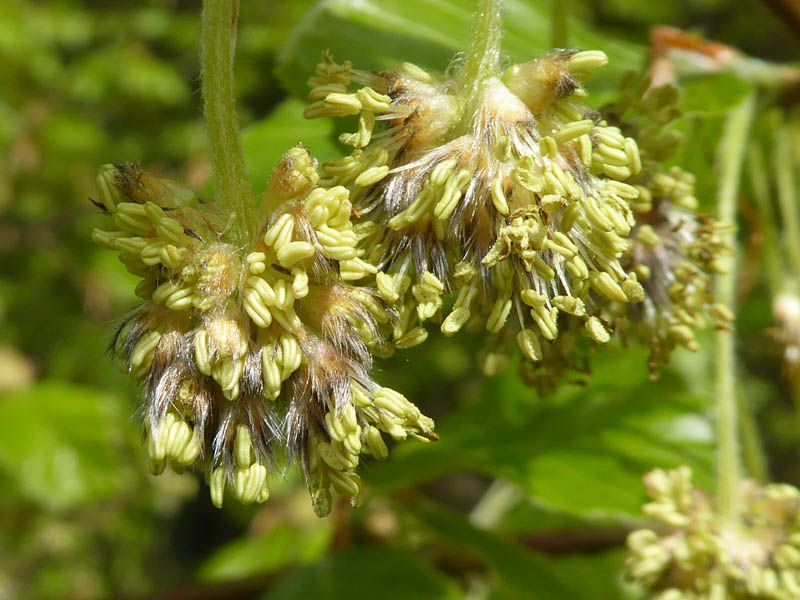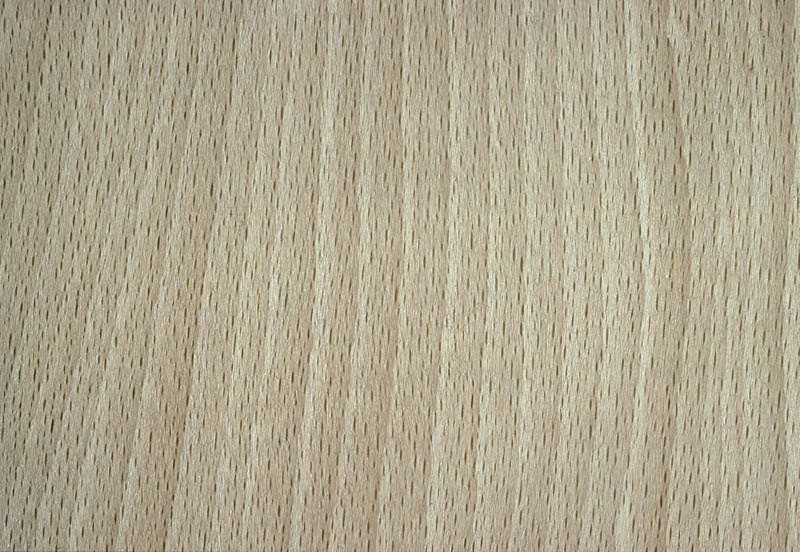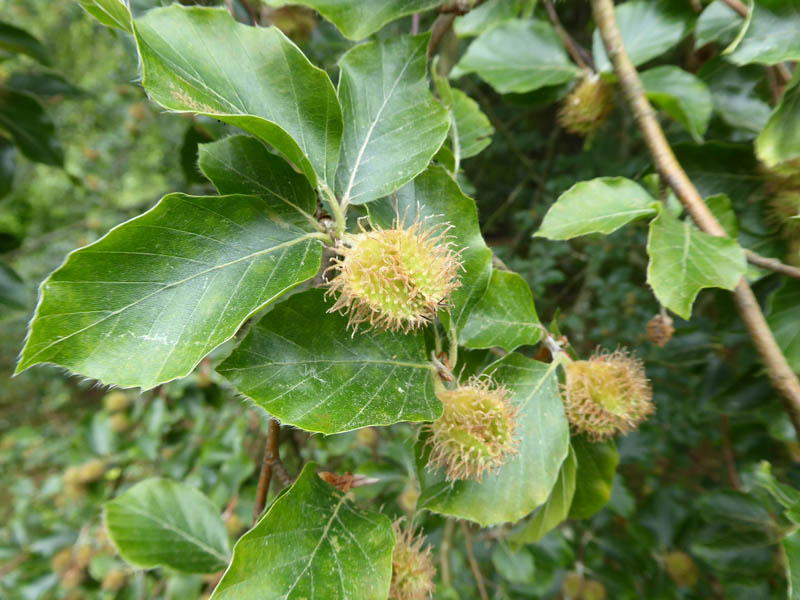Beech (BE)
Beech is a well-known timber tree famed for use in furniture but is struggling to find favour for wider use. The potential vulnerability of beech to drought may limit future use in parts of southern and eastern Britain. Further research is required to evaluate its full climatic limitations. The warming climate may see greater productivity on suitable sites in northern Britain.
Beech is a native tree and categorised as a principal tree species. These are species where silvicultural knowledge provides confidence to enable successful deployment across Britain. The species are either already widely used or are increasing in usage. They will continue to be important unless affected by a new pest or disease or become adversely affected by climate change.
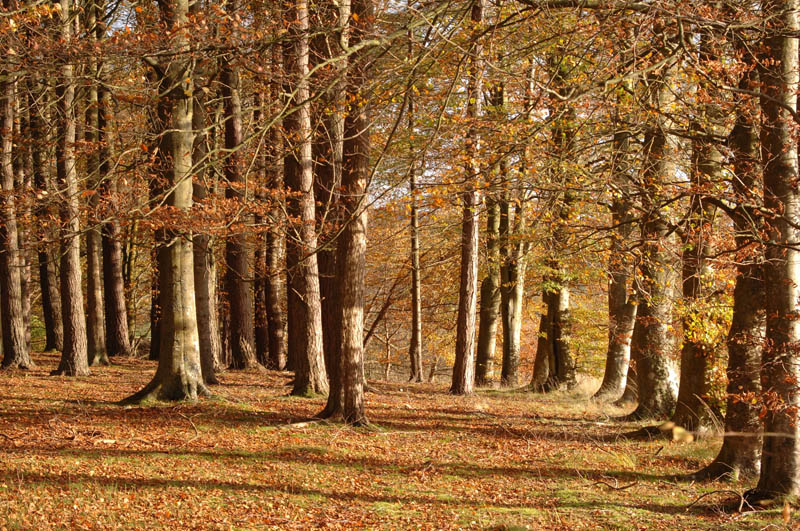
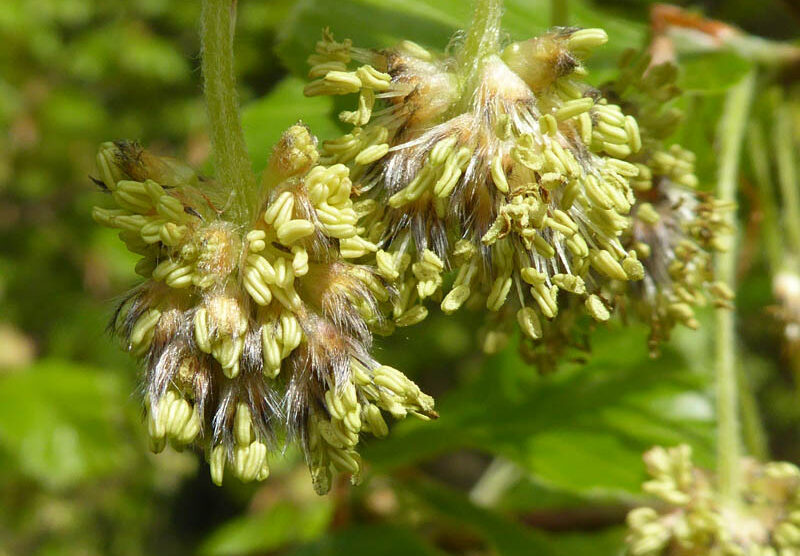
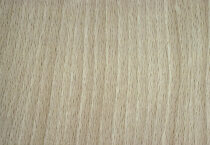
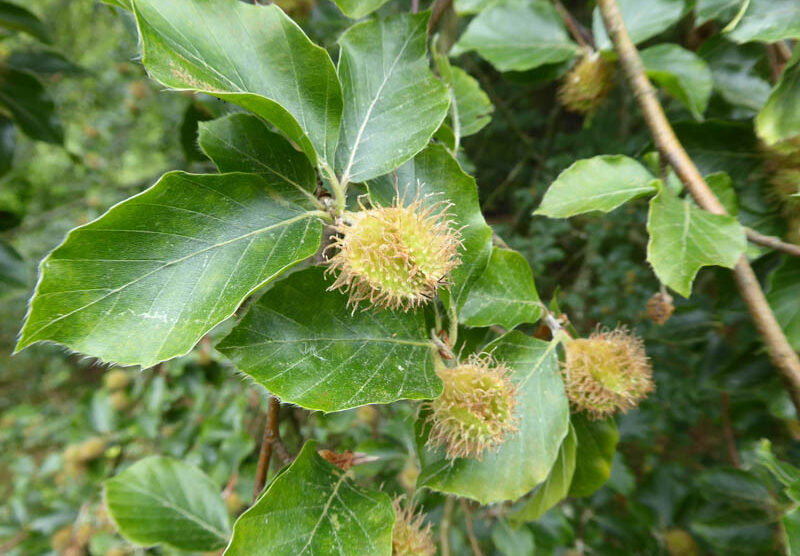
Range
Native to southern Britain but naturalised elsewhere. Widely distributed across Europe from Scandinavia to Russia. In its southern range it is a montane species growing at an elevation of 600-1800 m; the close relative Oriental beech (Fagus orientalis) is often associated growing on the lower slopes.
Provenance Choice
Material from British seed stands is preferable. Alternatively use registered western European ones – limited trials indicate excellent form and vigor of Forêt de Soignes (Belgium) sources.
Key Properties
Site Requirements
A shade tolerant species that withstands wind exposure and is cold hardy, but early flushing means it is susceptible to frost damage when young. It can grow on mineral soils of poor to medium nutrient status including calcareous ones, but does not tolerate compacted, waterlogged or very dry soils. Despite its reputation for suitability on chalk and limestone downland, on calcareous soils beech can suffer lime-induced chlorosis. Beech is shallow rooted, and trees can suffer dieback or death in drought years.
For best results grow on deep well drained soils of pH between 6 and 7.5 with a moisture regime >700 mm/year rainfall that is well distributed.
Further detail on the site requirements for beech in current and future climates can be found using the Forest Research Ecological Site Classification Decision Support System.
ECOLOGICAL SITE CLASSIFICATION TOOL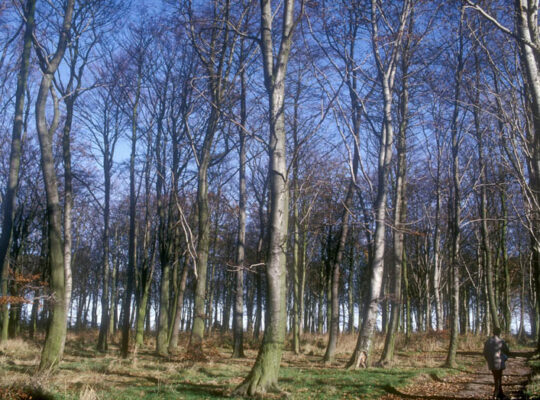
Silviculture
For both new planting and restocking, aim for >2500 stems per hectare, as young plants are often of poor form and higher densities will allow for a greater degree of selection during thinning. In addition to normal establishment operations, on more chalky sites cleaning young stands is essential as, for example, vigorous climbers like clematis can quickly overwhelm trees.
Early thinning should favour stems of good form with the removal of forked trees a priority even overriding the need for even spacing. Beech demonstrates good natural pruning, but to produce quality logs high pruning is recommended.
Shade tolerance makes this species suited to continuous cover forestry (CCF). Beech is ‘plastic’ in its response to thinning, and even slow grown understory trees, which can persist for decades, quickly return to normal growth once exposed to overhead light.
Beech can achieve a yield class of six or more depending on site conditions. Productivity (MAI) culminates later than other principal broadleaved species.
Beech can grow in mixture with a wide range of other tree species; often used in understory planting with oak to prevent epicormic growth.
Pests and Pathogens
Beech is susceptible to a wide range of pests and diseases including Phytophthora’s and fungi such as Meripilus, Ganoderma and Armillaria. However, many of these are secondary issues that occur where trees are stressed and in general a healthy tree growing in suitable conditions is at less risk from many pathogens.
The biggest threat to growing beech successfully is their high vulnerability to bark stripping by grey squirrels. Grey squirrels are a particular risk at ages between 10 and 50 years and following a thinning when bark is more ‘strippable’. In such stands squirrel control is essential. The species is highly palatable to all browsing mammals; rabbits can cause damage to the lower stem on young trees.
See our other tools and resources
Further Resources
External
In addition to the general sources of information for species the following are useful for beech.
Aldhous, J. R. 1981 Beech in Wessex – a perspective on present health and silviculture. Forestry 54(2): 197-210.
Brown, J. M. B. 1953 Studies on British Beechwoods. Forestry Commission Bulletin 20. HMSO, London.
Evans, J. 1984 Silviculture of Broadleaved Woodland. Forestry Commission Bulletin 62. HMSO, London
Watt, A. S., 1923-25 On the Ecology of British Beechwoods, with special reference to their regeneration. Part I. The causes of the failure of natural regeneration of the beech. J. Ecol. XI. (1-48). Part 2. The development and structure of beech communities on the Sussex Downs. Ibid. XII. (145-204), XIII (27-73).
Wilson, Scott McG., Broadmeadow, M., Sanders, T. and Pitman, R. (2008) Effect of summer drought on the increment of beech trees in southern England. Quarterly Journal of Forestry. 102(2): 111-120

